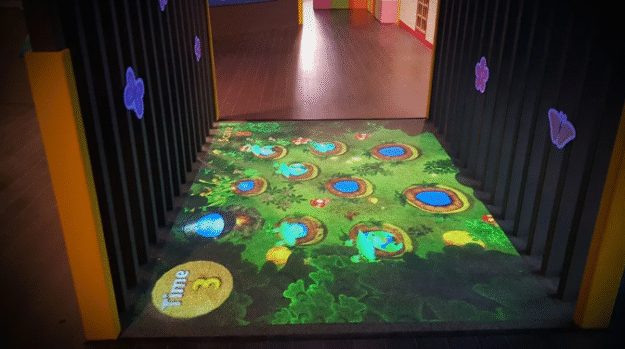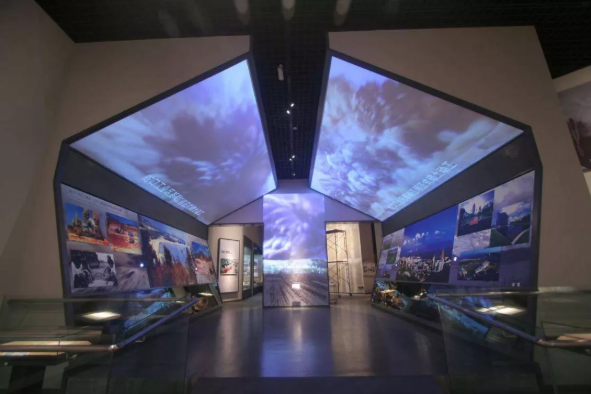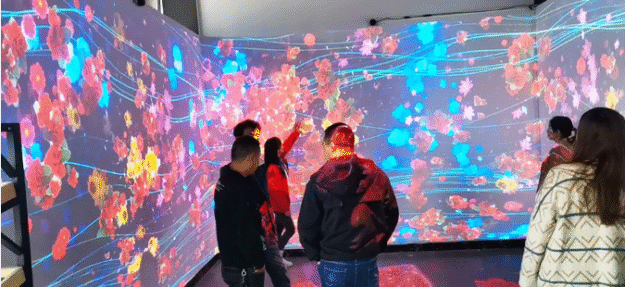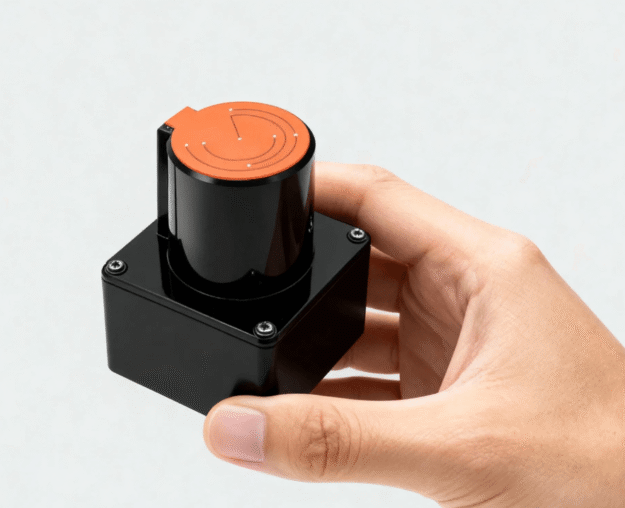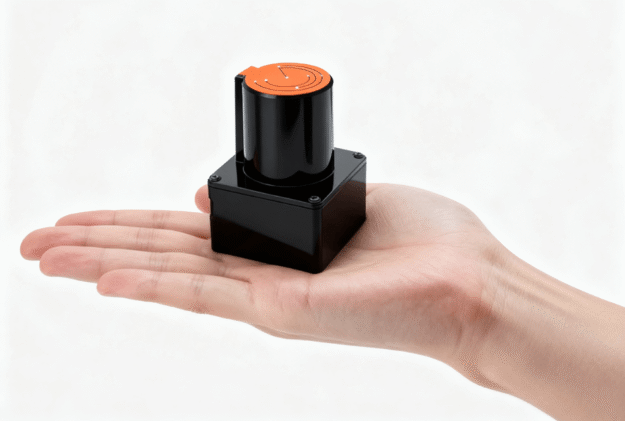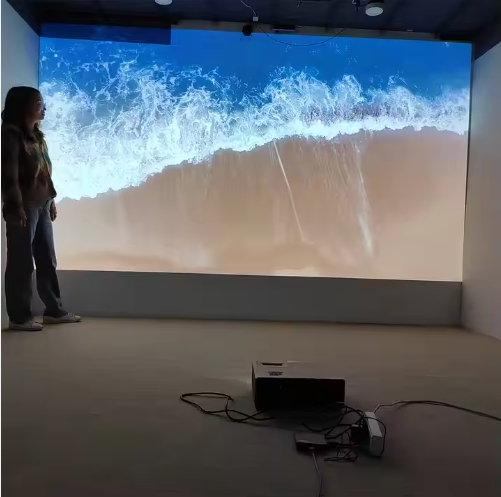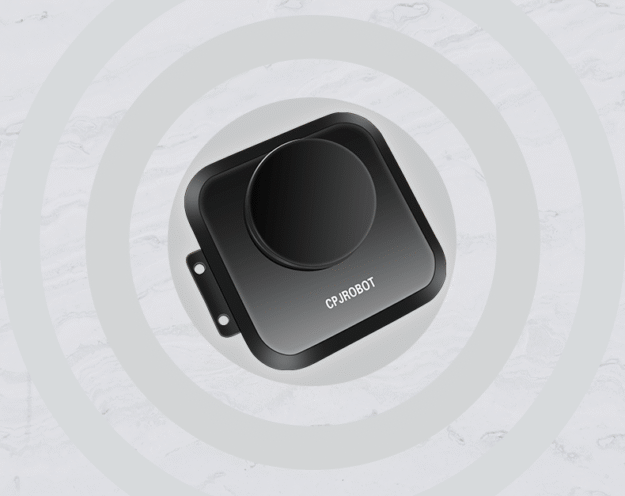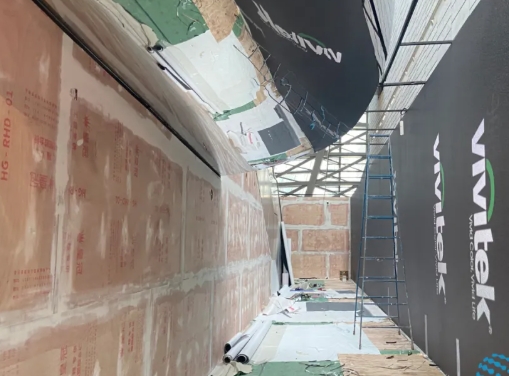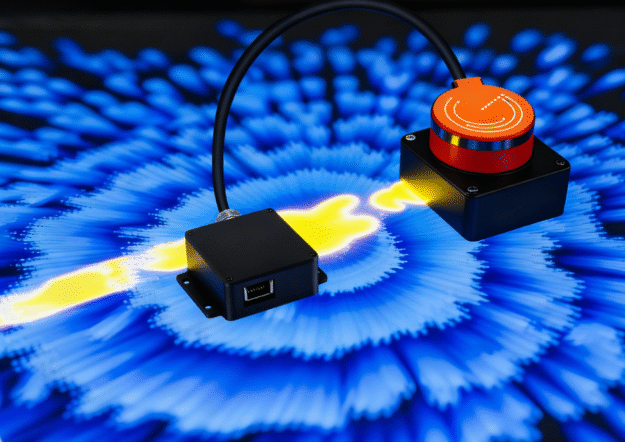Key Performance Indicators for POE LiDAR Interactive Projection Systems
Introduction As LiDAR technology continues to redefine interactive projection and immersive media, ensuring its accuracy, stability, and reliability is critical.For manufacturers like CPJROBOT, which specializes in POE interactive LiDAR and reception & navigation robots, system performance must be quantifiable, comparable, and reproducible across real-world environments. This article summarizes the ten key dimensions used to evaluate…


